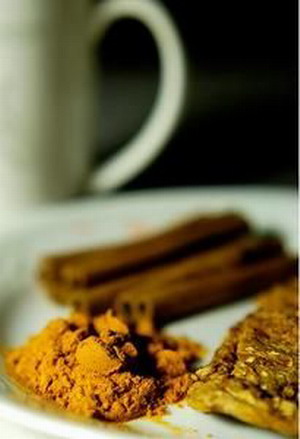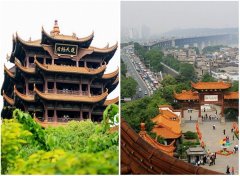Indian Coffee Mystery Country Coffee

Indian coffee with exotic spices
Our mysterious impression of India is not only its coffee, but also tea, temples, yoga, sitar, or even the more negative abnormal big cities, and so on. The reason why there are so many kinds of Indian beans on the market today must be attributed to the indomitable Indian coffee expert and importer Dr. Joseph Johns. Over the past 10 years, with eye-catching press releases, Internet reports, and all the espresso recipes he has developed to add Indian beans, he has found a broad road for Indian coffee in the boutique market.
The beans of Badnekhan Manor in India are very floral and citrus-flavored, which is somewhat similar to the characteristics of good East African plateau beans, while the beans of Jumboor Manor are bright and crisp with fruit flavor. These two beans are outliers that have not appeared in several other world competitions, and each has its own unique features, so they can be awarded the honor of a selected manor in India.
If there are too many kinds of exotic coffee in a large producing area, then perhaps large roasters and general importers and exporters do not know whether they should give this big producing area a special noun, so that customers can know whether they like the taste of the beans when they buy them. India is a big producing area that makes it impossible for people to set exclusive nouns. Unless the beans here have stable flavor performance and more and more interesting flavor changes year after year, only in this way can we form the conditions for a complete flavor characteristics of the producing area, and can sellers and customers also have a higher interest in the beans produced in this producing area. Although there are no very special characteristics of Indian beans of commercial grade, they are all very satisfying and interesting beans with a slight floral and fruity aroma, and the preparation level is obviously quite good.
But Indian beans lack a very dramatic flavor, which means that when you get a Yirgacheffe, you have to drink floral and citrus flavor; when you get a Sumatra, you have to drink a little dust. But on the other hand, the balance and cleanliness of Indian beans are very good, the acidity is properly sweet, and not too sharp, in other words, Indian beans are acceptable to many customers who do not like strong acidity. You don't have to bake it so deep that it burns both the quality and the acidity.
Important Notice :
前街咖啡 FrontStreet Coffee has moved to new addredd:
FrontStreet Coffee Address: 315,Donghua East Road,GuangZhou
Tel:020 38364473
- Prev

Coffee basic knowledge Coffee consumption Culture in Wuhan, China
Wuhan, a beautiful city. Report in 2001: Wuhan teahouse coffee shop drinks 350 million yuan a year. Zhongxin Hubei News on March 19th: green tea lasts forever and coffee lasts forever. This is probably a classic summary of the rising culture of tea, coffee and leisure among Wuhan citizens in recent years. According to the special theme of "Tea, Coffee and Leisure Culture" just concluded by the Central South Social Research Institute.
- Next

Unique Chinese Coffee style Office Coffee Culture
Analysis of the office coffee culture of modern Chinese white-collar workers where a more decent Office, there are always two shiny coffee pots, and coffee is provided free of charge around the clock. A little more particular, there will even be a small coffee shop for employees to enjoy during the break. As a result, the jingling music of stirring coffee with a metal spoon here has turned into an enterprise.
Related
- Beginners will see the "Coffee pull flower" guide!
- What is the difference between ice blog purified milk and ordinary milk coffee?
- Why is the Philippines the largest producer of crops in Liberia?
- For coffee extraction, should the fine powder be retained?
- How does extracted espresso fill pressed powder? How much strength does it take to press the powder?
- How to make jasmine cold extract coffee? Is the jasmine + latte good?
- Will this little toy really make the coffee taste better? How does Lily Drip affect coffee extraction?
- Will the action of slapping the filter cup also affect coffee extraction?
- What's the difference between powder-to-water ratio and powder-to-liquid ratio?
- What is the Ethiopian local species? What does it have to do with Heirloom native species?

